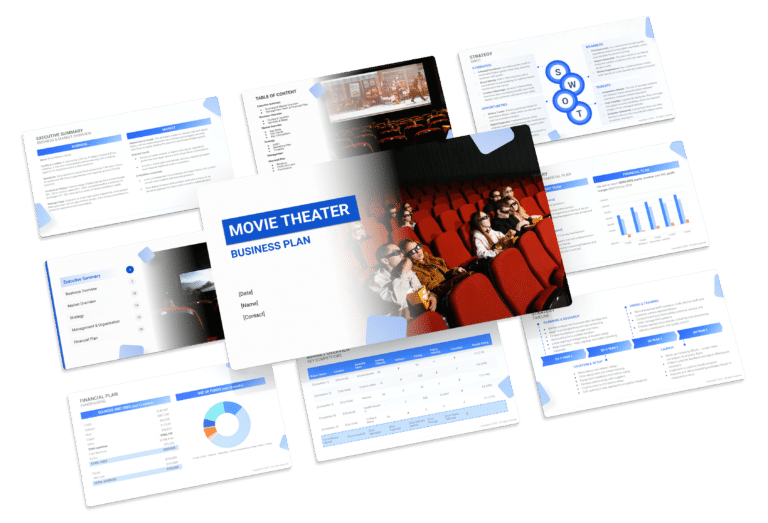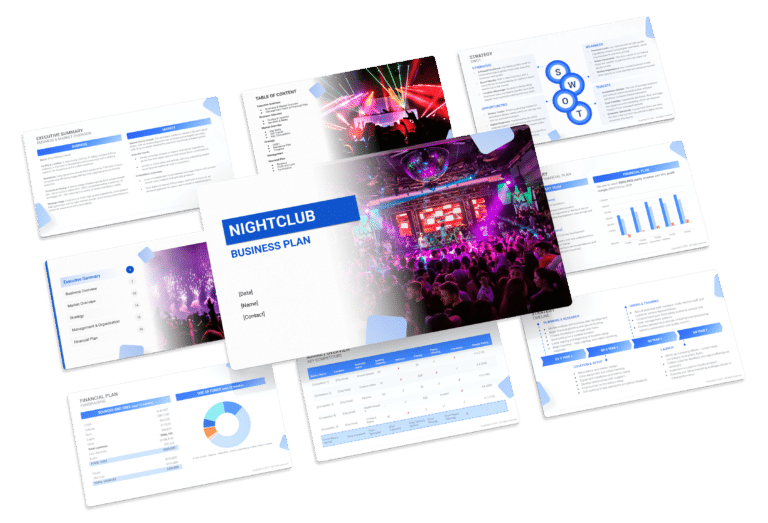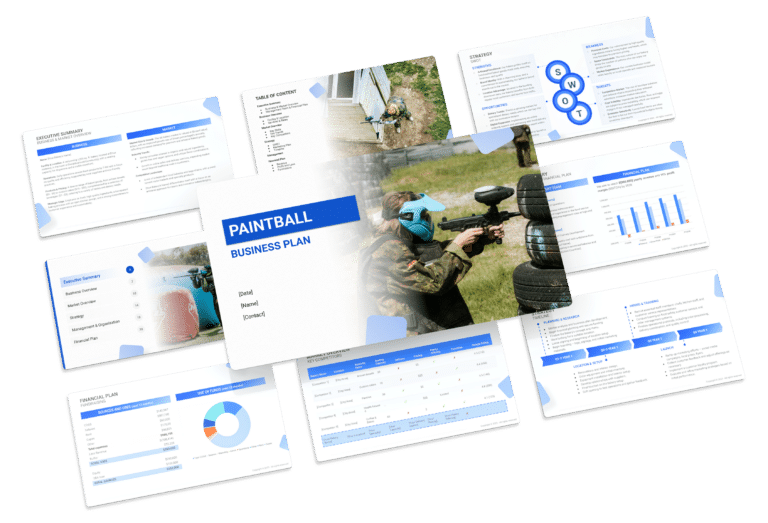SWOT Analysis for an Indoor Soccer Business (Example)

A SWOT analysis is crucial for developing a business plan for an indoor soccer facility. This analysis, which stands for Strengths, Weaknesses, Opportunities, and Threats, helps in understanding internal and external factors that can impact your business. Strengths and weaknesses are internal to the business, while opportunities and threats are external.
In this article, we will explore various examples of strengths, weaknesses, opportunities, and threats, aiding indoor soccer business owners in refining their strategies and operational approaches.

Strengths
Identify the inherent strengths that give your indoor soccer business a competitive edge.
- Specialized Facilities: State-of-the-art indoor soccer fields equipped with the latest technology and quality playing surfaces attract serious players and teams.
- Example: Highlight the advanced features and amenities of the facility in marketing campaigns to appeal to serious athletes.
- Coaching Expertise: A team of experienced coaches and trainers offering top-notch coaching programs can be a significant draw for aspiring players.
- Example: Showcase the qualifications and expertise of your coaching staff on your website and promotional materials to build credibility.
- Youth Development Programs: Offering comprehensive youth development programs fosters a pipeline of talented young players, attracting families and potential sponsorships.
- Example: Promote youth leagues and developmental programs as a key offering to attract young players and their parents.
- Community Engagement: Actively engaging with the local community through events, tournaments, or charity initiatives can enhance brand visibility and loyalty.
- Example: Participate in community events and sponsor local tournaments to demonstrate commitment to the community.
Weaknesses
Identify areas that require improvement within your indoor soccer business for sustained growth.
- Limited Accessibility: The facility’s location or limited parking availability may restrict accessibility for potential customers.
- Example: Invest in marketing efforts to highlight convenient transportation options or consider shuttle services for better accessibility.
- Seasonal Variability: Dependence on seasonal fluctuations in sports participation may lead to inconsistent revenue streams.
- Example: Diversify revenue streams by hosting events, leagues, or training camps during off-peak seasons to maintain consistent income.
- High Operational Costs: Maintenance and utility costs for maintaining indoor fields and facilities can significantly impact profitability.
- Example: Implement energy-efficient practices and seek sponsorship opportunities to offset operational expenses.
- Competition from Alternative Sports: Competition from other indoor sports facilities or outdoor soccer leagues might pose a challenge.
- Example: Differentiate your offerings by emphasizing the unique benefits of indoor soccer, such as weather-independent play and year-round availability.
Opportunities
Identify potential avenues for growth and development within the indoor soccer business.
- Expanding Services: Introducing additional services like skill clinics, fitness programs, or hosting tournaments can attract new customers.
- Example: Conduct surveys or polls among existing clients to gauge interest in additional services and tailor offerings accordingly.
- Partnerships with Schools or Clubs: Collaborating with schools or local clubs can create a pipeline of players and drive facility usage.
- Example: Forge partnerships with local schools or youth clubs to offer discounted rates or exclusive access for their teams.
- Technology Integration: Embracing technology for online bookings, player performance tracking, or virtual training sessions can enhance the customer experience.
- Example: Invest in a user-friendly online platform for bookings and integrate tech-driven training programs to appeal to tech-savvy customers.
- Health and Wellness Trends: Capitalizing on the increasing emphasis on fitness and wellness by offering specialized fitness programs alongside soccer training.
- Example: Develop fitness and conditioning programs tailored for soccer players and market them as a holistic training approach.
Threats
Identify potential external threats that could impact the stability and success of your indoor soccer business.
- Economic Downturns: Economic recessions or financial crises may lead to reduced discretionary spending on extracurricular activities.
- Example: Offer flexible payment plans or discounts during economic downturns to retain customers and attract new ones.
- Regulatory Changes: Changes in regulations related to sports facilities or safety standards may require costly modifications.
- Example: Stay updated on local regulations and proactively adapt facilities to meet new safety standards to avoid potential penalties.
- Public Health Concerns: Public health crises or outbreaks (like pandemics) can disrupt operations and impact participation levels.
- Example: Implement stringent hygiene protocols and communication strategies to reassure customers during health crises.
- Competition from Online Platforms: The growing popularity of online soccer training platforms might divert customers seeking convenience.
- Example: Emphasize the benefits of in-person coaching, hands-on training, and the social aspect of playing in a physical facility over online alternatives.





